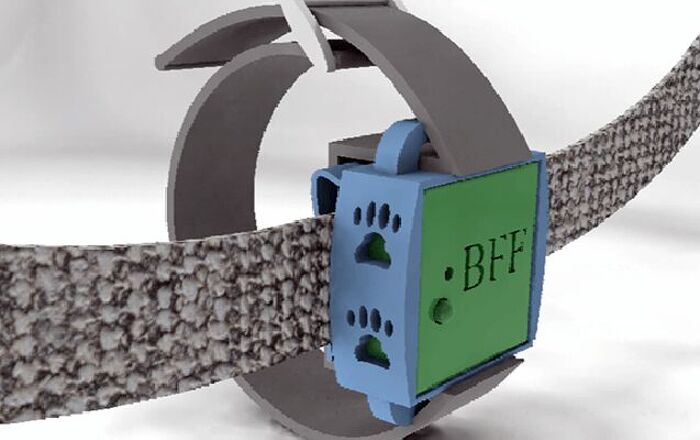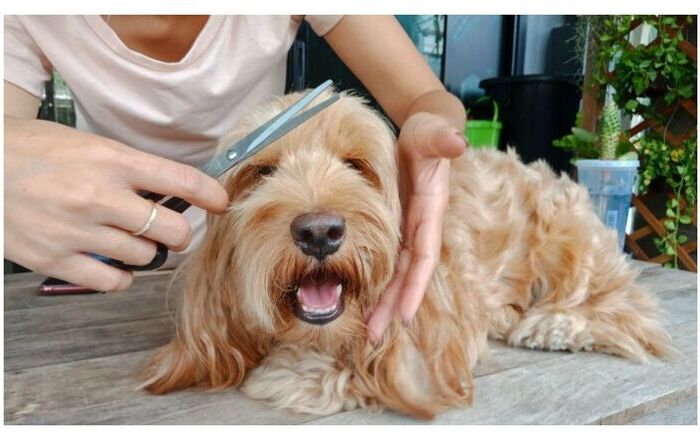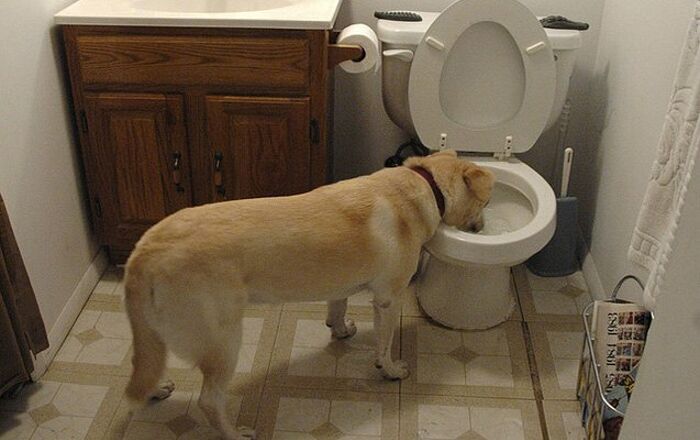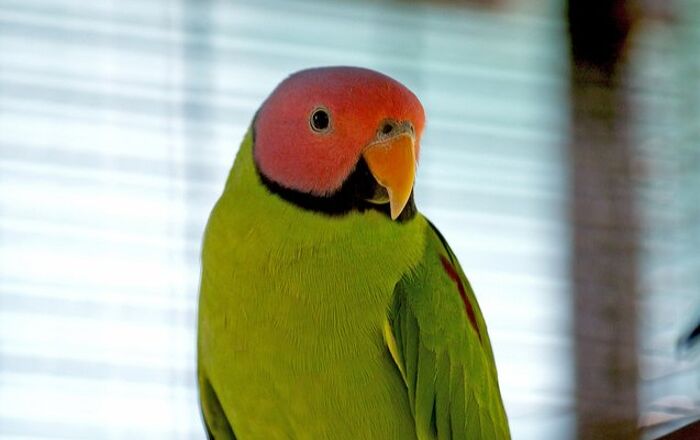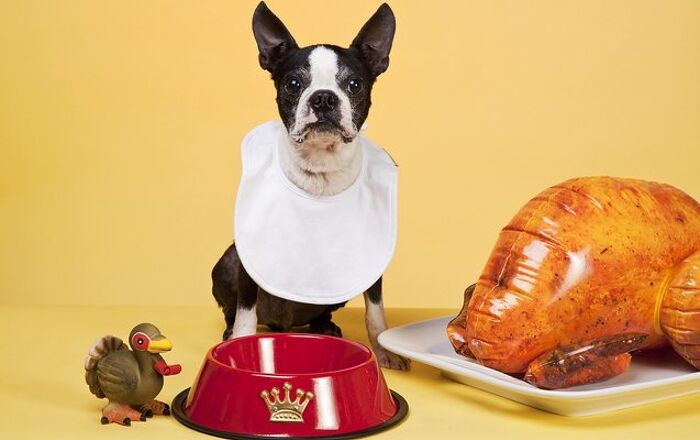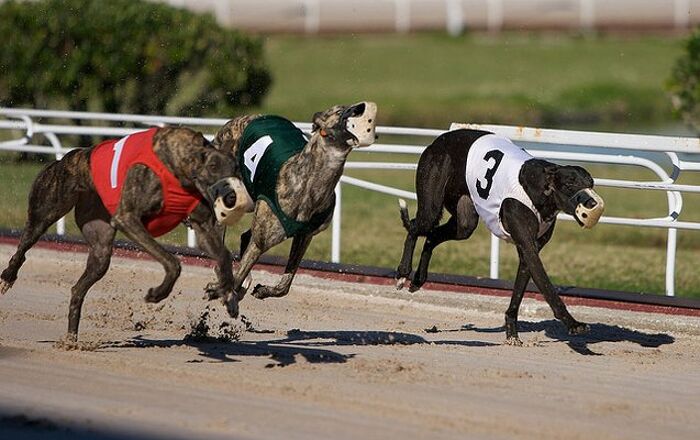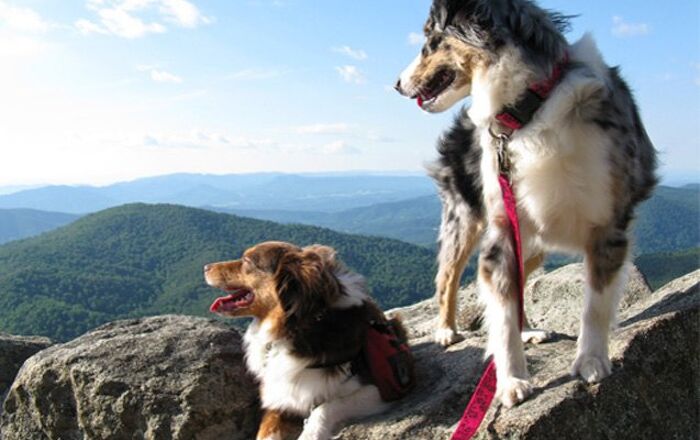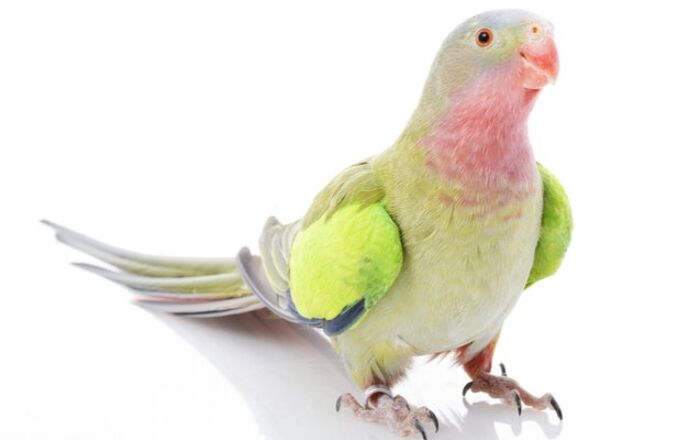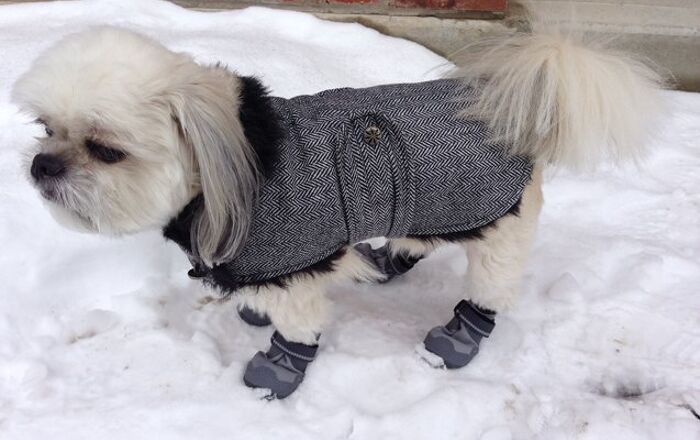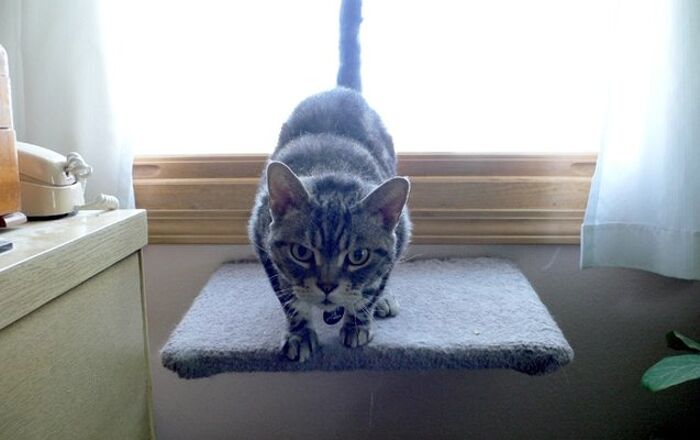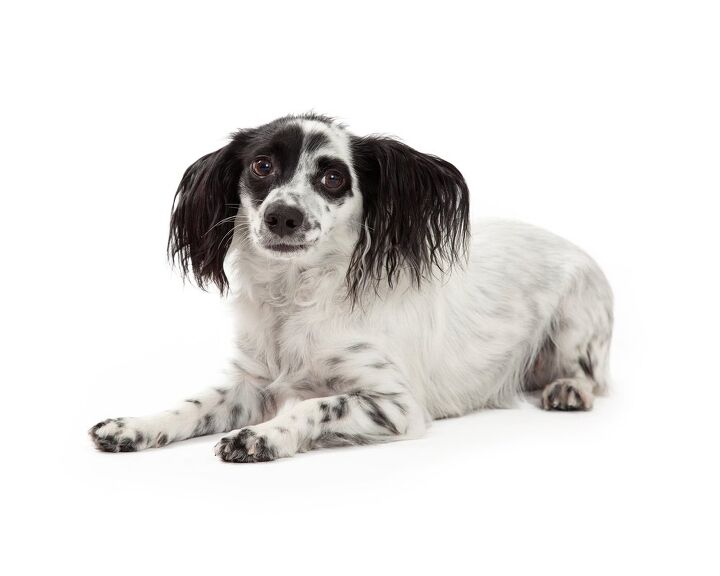
Papshund Basics
The Papshund might be one of the more memorable designer dogs, but the interesting appearance is not all these dogs have to offer. Friendly, sweet, and lively, this hybrid will make a wonderful companion for families of all sizes. This rare designer dog breed was developed by crossing two dogs both known for their unusual looks and good temperaments- the Dachshund and the Papillon.
Naturally, as the offspring of two purebreds, the Papshund might lean more towards one side of the family than the other, or inherit a mix of traits from both. This means you could have puppies that resemble Papillon or Doxie more or end up with a one of kind pooch with short legs, an elongated body, and trademark butterfly ears! The mixed breed lineage of these pooches truly makes them unique, and it’s what people love about the Papshund.
A small breed dog, the Papshund is the ideal pet for people living in an apartment or who want a pet that they could easily travel with everywhere. The petite size also indicates a few things about their behavior, too. These hybrids are energetic but don’t have high-maintenance exercise needs, they’ll never act their size, and they’ll be your constant shadow wherever you go. In case you think this sounds divine, then a Dachshund and Papillon mix might just be the ideal pet for you!
Friendly, sweet, and lively, Papshund will make a wonderful companion for families of all sizes.
Origin
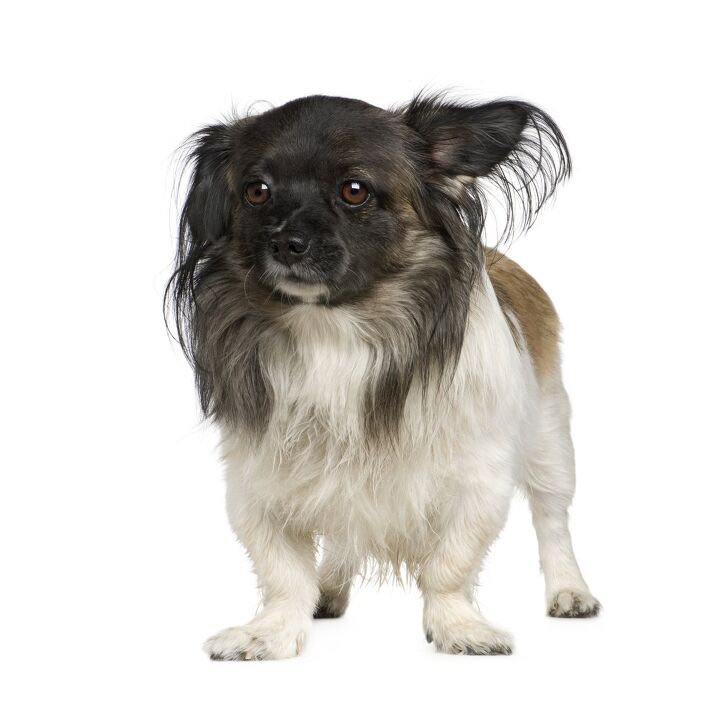
Before the 1980s, what we now call designer dogs were thought of as mutts. Mixed breed dogs are not a novelty; in fact, they have been around for as long as a dog has been man’s best friend. So what changed a couple of decades ago? Designer dogs were born with the first litter of Labradoodles, when a breeder from Australia tried to create a hypoallergenic guide dog for a blind client. The new breed became a hit in the world of canine enthusiasts, and set a path for other breeders to try their hand at crossbreeding. Unfortunately, not all share the Labradoodle’s success, and therefore, don’t have a well-documented history.
As this is one of the rarer hybrids, there isn’t much information about the origin of the Papshund. Granted, it’s highly likely that this designer dog shares the path of most other hybrids, and that it was first created in the United States, sometime in the last two decades. Nevertheless, even without a proper history, the Papshund is gaining popularity at a rapid pace. And to no one’s surprise- with such lovely parents, this mixed breed dog is definitely set for success.
Pedigree
The Papshund is the offspring of two purebreds- the Dachshund and the Papillon. Unlike mutts, who have a colorful family tree, designer dogs such as the Papshund are F1 or first generation mixes. As a result, in this particular case, this breed will always have one Doxie parent and one Papillon parent. This does contribute to the unpredictability of appearance, but some breeders believe direct mixes have better health than designer dogs that have been further selectively bred.
As a mixed breed dog, the Papshund is not recognized by the American Kennel Club. Designer puppy litters can’t be registered, and therefore, hybrids don’t have official pedigree papers. Some smaller breed clubs do offer their own certifications to reputable breeders, but it’s not common. The best way to make sure your puppy is well bred is to meet its parents. The behavior and temperament of mom and dad will definitely give you an insight into what to expect with your new pet.
Food/Diet
Same as humans, dogs need a healthy diet to be healthy and thrive. As omnivores, dogs have a diverse diet, but it also means that there are more aspects to their nutrition to pay attention to. A proper diet should offer a balanced ratio of proteins, healthy fats, and carbs, as well as various vitamins and minerals. The safest and most convenient way to achieve this is commercial pet food. Most pet owners decide on feeding kibble to their pets, as it meets their nutritional needs and can be found on every corner.
For a Papshund, high-quality dry dog food should be the basis of their diet. To make sure that the kibble you chose is the best for your pet, pick the one that suits their age (puppy, adult, senior), size and activity level (small breed blends). From time to time, you can also include some canned food or cooked meat and veggies that dogs can eat- especially if your pooch is not the biggest fan of kibble.
As a dog with a small frame, the Papshund is particularly prone to obesity. It doesn’t take much for this breed to gain excess weight, and when they do, it causes a host of health issues. To prevent this, stick to the recommended serving sizes. Don’t free feed your dog, either- divide their kibble dose into two daily meals instead.
With the right approach, this designer dog breed is very trainable.
Training
The Papshund can be a bit stubborn, but, usually, they’re considered to be very trainable. Even if you haven’t had loads of experience with training dogs, it shouldn’t be a problem to get your new pet to learn some basic stuff. These adorable hybrids are eager to please and have quick minds, so with the right approach, the sky’s the limit. To make sure your lessons stick, combine positive reinforcement training with a firm, confident approach. Using treats and praise as a motivation for learning is a much more efficient strategy than being harsh- not only this is counterproductive, but it’s inhumane as well.
In terms of breed-specific behavioral issues you should watch out with Papshund, resource guarding and separation anxiety could be potential problems. These dogs can be protective of their family, toys or food, and this might lead to unwanted behaviors. To prevent this, introduce crate training to your puppy’s learning routine and teach them to share their valuables. In addition to basic training, your Papshund will benefit from early socialization. This will minimize this breed’s tendency to be distrustful of strangers and ensure they grow up to be friendly to people and animals alike.
Weight
The Dachshund and Papillon mix is a small breed dog. When fully grown, a Papshund weighs between 10 and 18 pounds.
Temperament/Behavior
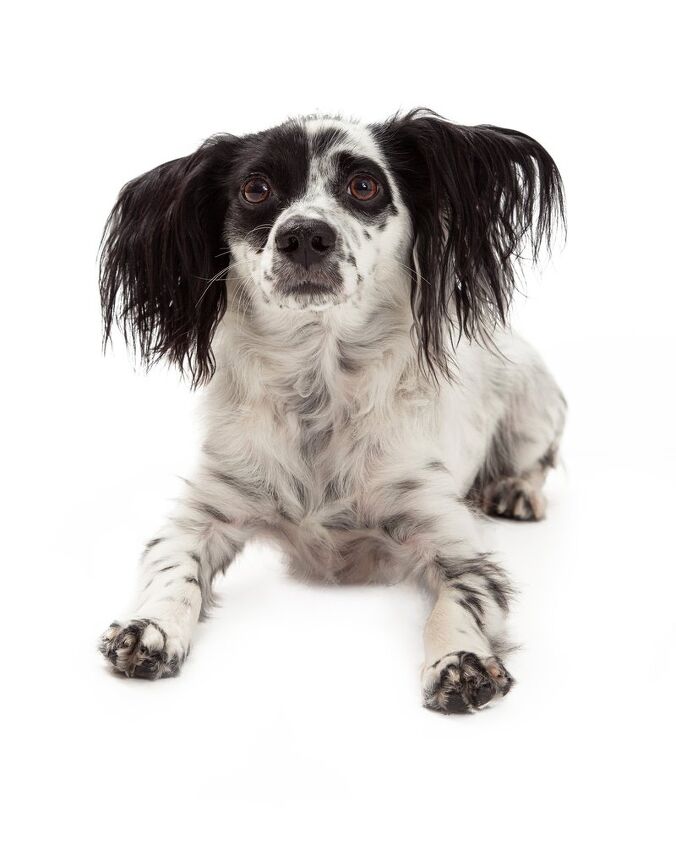
The only thing sweeter than the big ears and tiny body of these adorable pooches might be their personality. Cuddly and affectionate, these tiny furballs will be the lapdogs in the truest sense of this phrase. They’ll make sure to spend every waking moment by their owner’s side, as they grow very close to their families and form deep bonds very fast. But, even though they’re cute and loving, it doesn’t mean these dogs are docile and lazy.
The Papshund is full of spark and has something of a contagious zest and energy that few breeds do. Their small bodies contain big hearts and even bigger personalities, and it certainly shows! Of course, if you fail to socialize and train your pet on time, what is a quirky, cute behavior can devolve into small dog syndrome.
As a crossbreed, the Papillon and Dachshund mix doesn’t have a set standard for temperament and behavior. With the Papshund, the breeders strive to produce a dog that’s ideally suited for a role of family pet and companion and will nurture traits that make this possible. Nevertheless, you should meet the parents of the pup if possible- this is the only “guarantee” you could have. In any other case, a lot about your pet’s personality will depend on you and your approach to your dog’s socialization!
Common Health Problems
It is a common notion that mixed breed dogs are healthier than their purebred fellows. The reason for this belief is ‘hybrid vigor’, or concept that suggests that crossbreeding produces offspring (hybrids) with improved qualities. Unfortunately, there is no tangible proof to back these claims up when it comes to designer dogs- it’s very much the matter of genetics and sheer luck. For instance, a Papshund can either be healthier than both of its parents or simply have two pools of genetic issues to worry about.
Breed-specific health problems that can affect the Papshund include canine disk disease, patellar luxation ( kneecap dislocation), diabetes, and various problems with eyes, such as infections and vision loss.
As for other common health problems you should watch out for, obesity and tooth loss are the main concerns. These petite pooches don’t handle extra fluff well, and the additional stress on their small bodies will cause a myriad of other health problems. Ensuring your pet gets enough exercise and eats healthy will help prevent this. The proneness to plaque buildup can be remedied, too, with good dental hygiene- make those pearlies sparkle with daily teeth brushing.
Life Expectancy
Despite their tiny size and fragile looks, these hybrids are quite robust. The expected lifespan for the breed is at least 13 to 16 years.
Exercise Requirements
The Papshund is a spirited pooch and will need to have regular physical activity to stay content and healthy. Just because they fit in your lap doesn’t mean they should spend the whole day lounging on it! However, even with their energetic nature taken into consideration, these hybrids are still low-maintenance when it comes to their exercise requirements. After all, it really doesn’t take much to tire out a pooch of their size!
Circa 30 to 45 minutes of deliberate exercise should do the trick. Take your Papshund to a few short walks around the block, visit the doggie park for some socializing and playtime or let them run around a securely fenced backyard. Naturally, owing to their size, you should always be there to supervise them- they could find a small crack in the fence and slip off or even be grabbed by a bird of prey.
In addition to meeting their needs for physical activity, you shouldn’t neglect your pet’s need for mental stimulations. Papshund is a smart dog with a curious nature and will need constant challenges to keep that bright mind occupied. Provide puzzle toys and engaging playtime if you want your pet to steer clear from destructive behaviors that stem from boredom!
As a dog with a small frame, the Papshund is particularly prone to obesity.
Recognized Clubs
The AKC doesn’t recognize designer dogs, but there are many smaller breed clubs that do. Those of them that recognize the Papshund include the American Canine Hybrid Club, Designer Breed Registry, Designer Dogs Kennel Club, Dog Registry of America, and International Designer Canine Registry.
Coat
The Doxie comes in 3 different coat types (short, long, and wiry), and it will significantly widen the possibilities of coat appearance for any of their mixes-Papshund as well. On the other hand, the Papillon sports fine, long hair. When the two breeds are crossed, it’s usually short on long haired Doxie variety that’s in the mix. This means that Papshund puppies will usually have medium long hair, soft to touch and without an undercoat. They shed moderately, and they’re not high-maintenance in terms of grooming. Daily brushing will keep their coat in top shape.
As for the colors, the Papshund comes in various shades and combinations- most often in black, brown, or bicolor with markings typical for either of the parental breeds.
Puppies
Papshund puppies are probably the cutest thing you’ll ever see in your life. Especially if they’re a true mix of their parents, with short legs and big butterfly ears! As this is a small breed dog, their litters won’t be that big- usually 1 to 4 puppies. Once you bring your own Papshund puppy home, make sure to start with training and socialization right away. This ensures your new pet lives up to its potentials- and grows up to be a sweet, friendly dog that makes a perfect companion.
Photo credit: Susan Schmitz/Shutterstock; Eric Isselee/Shutterstock

